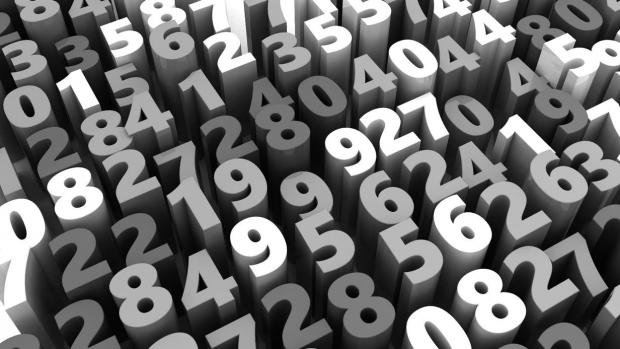
Breaking News
 Is Yen Carry Trade's unwind about to trigger a repo market meltdown? Let's dive into the mec
Is Yen Carry Trade's unwind about to trigger a repo market meltdown? Let's dive into the mec
 Chairman Rand Paul Releases New Report Revealing Hundreds of Billions...
Chairman Rand Paul Releases New Report Revealing Hundreds of Billions...
 Get Schiffty Music Video | Rick and Morty | Adult Swim
Get Schiffty Music Video | Rick and Morty | Adult Swim
Top Tech News
 This tiny dev board is packed with features for ambitious makers
This tiny dev board is packed with features for ambitious makers
 Scientists Discover Gel to Regrow Tooth Enamel
Scientists Discover Gel to Regrow Tooth Enamel
 Vitamin C and Dandelion Root Killing Cancer Cells -- as Former CDC Director Calls for COVID-19...
Vitamin C and Dandelion Root Killing Cancer Cells -- as Former CDC Director Calls for COVID-19...
 Galactic Brain: US firm plans space-based data centers, power grid to challenge China
Galactic Brain: US firm plans space-based data centers, power grid to challenge China
 A microbial cleanup for glyphosate just earned a patent. Here's why that matters
A microbial cleanup for glyphosate just earned a patent. Here's why that matters
 Japan Breaks Internet Speed Record with 5 Million Times Faster Data Transfer
Japan Breaks Internet Speed Record with 5 Million Times Faster Data Transfer
 Advanced Propulsion Resources Part 1 of 2
Advanced Propulsion Resources Part 1 of 2
 PulsarFusion a forward-thinking UK aerospace company, is pushing the boundaries of space travel...
PulsarFusion a forward-thinking UK aerospace company, is pushing the boundaries of space travel...
 Dinky little laser box throws big-screen entertainment from inches away
Dinky little laser box throws big-screen entertainment from inches away
 'World's first' sodium-ion flashlight shines bright even at -40 ºF
'World's first' sodium-ion flashlight shines bright even at -40 ºF
The largest prime number ever discovered is 23 million digits long

It's been dubbed M77232917 – and if you're wondering why it needs a codename, well, we'd be here all day typing out the 23 million digits that make it up.
If it's been a while since high school math class, here's a quick refresher: Prime numbers are those that are only divisible by 1 and themselves. Small primes are fairly easy to identify through trial and error – 6 can be divided by 2 and 3, so it isn't prime, but 7 is – but as you look at larger and larger numbers it gets less obvious. It might take you a while to figure out, for example, that 11,319,033 isn't prime because it can be divided by 213 and 53,141. Finding the really large primes is a task best left up to computers running software like GIMPS.
As the MP in its acronym suggests, GIMPS is specifically searching for a rare class of prime numbers called Mersenne Primes. These are numbers that are one less than a power of 2, expressed as Mn = 2n - 1. That means that the newcomer M77232917 is calculated through a chain of 77,232,917 twos, and then subtracting 1. It's only the 50th known Mersenne Prime ever identified, and it's made up of 23,249,425 digits.



